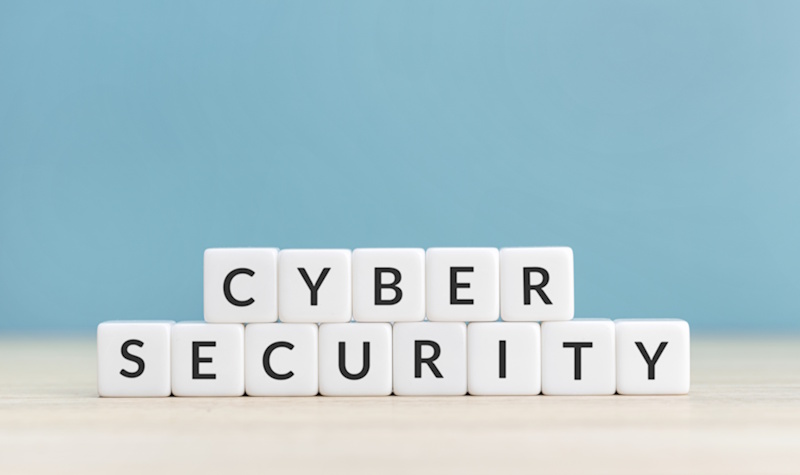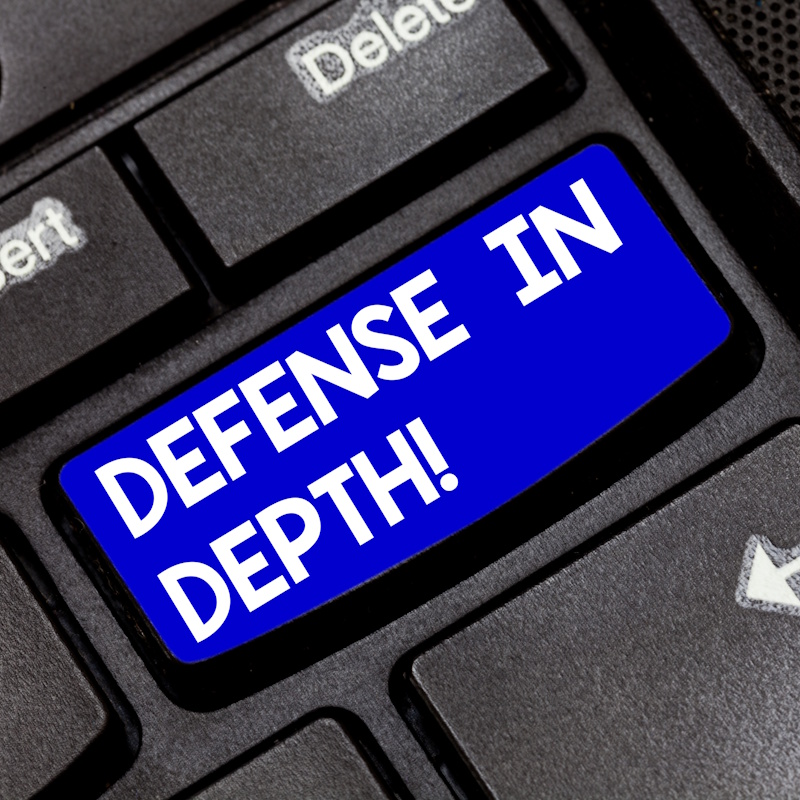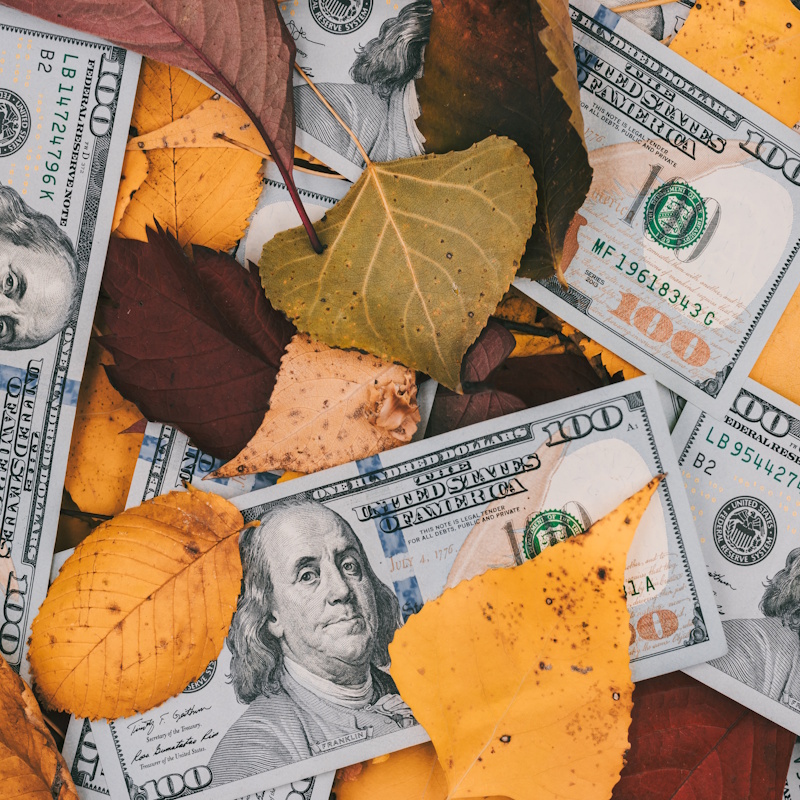Recent Posts
Categories
Stay Informed
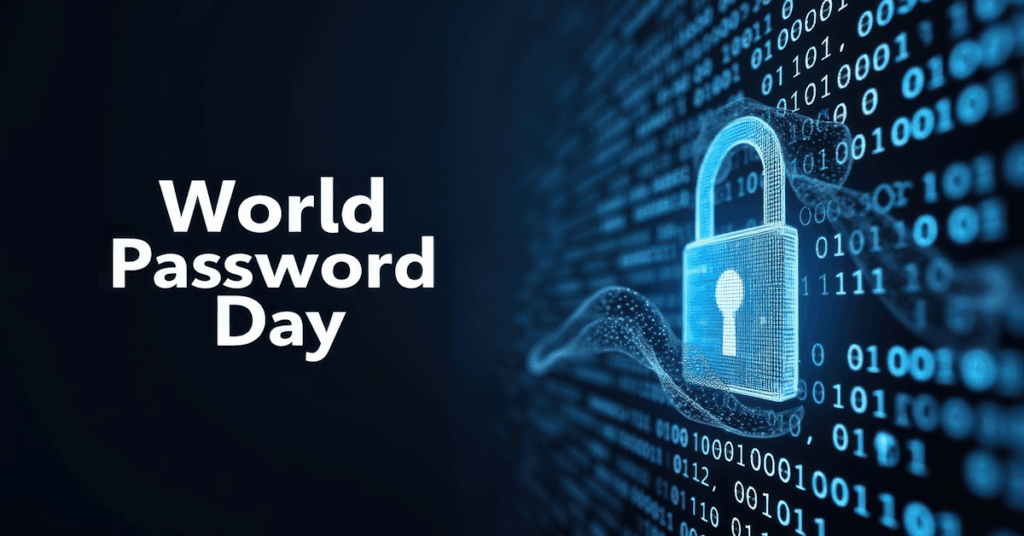
A Quick Trip Through Password History
Passwords keep our digital data safe, but they’ve been around way longer than computers. Let’s take an interesting look at their story!
Ancient Times: Secret Words
Way back in ancient Rome, soldiers used “watchwords” to spot friends at night. If you didn’t know the phrase—like “Moonlit Arrow”—you were in trouble! Castles in the Middle Ages did the same, asking for a secret word to let you in. No password, no entry—just you and the castle moat.
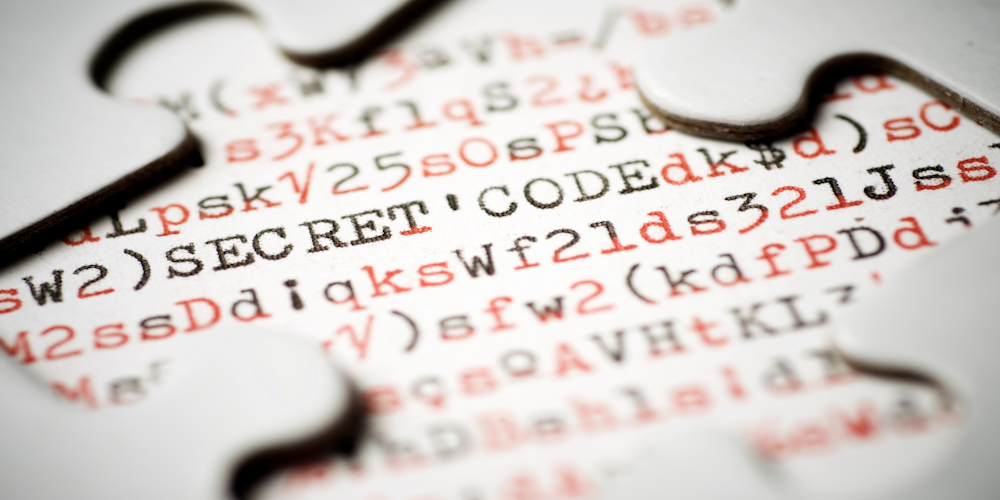
1920s Speakeasies: Whisper the Magic Word
During the 1920s in the U.S., secret bars called speakeasies used passwords to keep out the cops. You’d whisper something like “Swordfish” to get in and sip your illegal drink. It made people feel like part of a cool, secret club!
1960s: Passwords Go Digital
In the 1960s, computers started using passwords. A scientist named Fernando Corbato at MIT made the first system so people could keep their files private on shared computers. But in 1962, someone hacked the system and printed everyone’s passwords—oops! It showed passwords needed to get better.
1990s: The Internet Explosion
When the internet took off in the 1990s, passwords became a must for email, shopping, and more. Problem? People picked easy ones like “123456.” Hackers loved that! In 2004, Bill Gates said passwords would disappear soon. Guess what? We’re still using them in 2025!
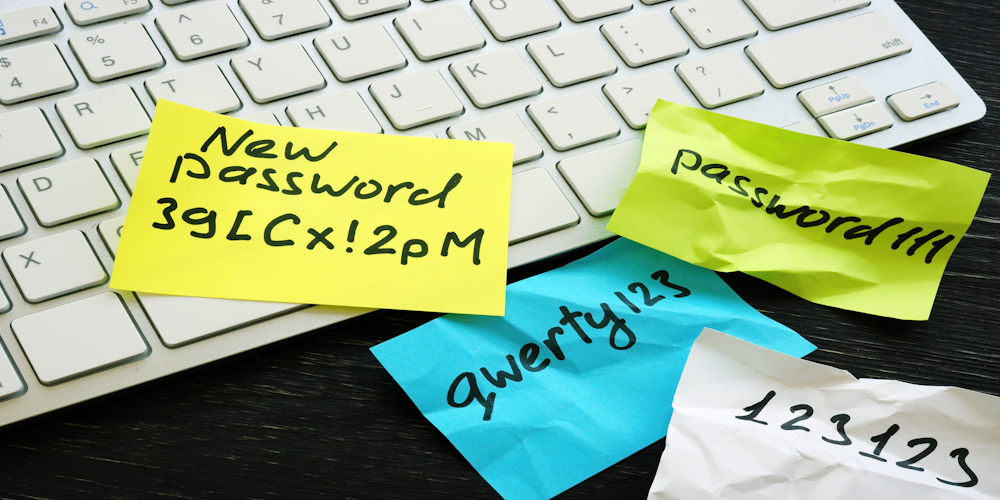
Today: Smarter Passwords
Now, we use stronger passwords like “B3ar!Hug$2025” and tools like password managers to remember them. Two-factor authentication (2FA) adds extra safety with a code sent to your phone. But hacks still happen—over 1 billion passwords were stolen in 2023! And “qwerty” is still a popular (bad) choice.
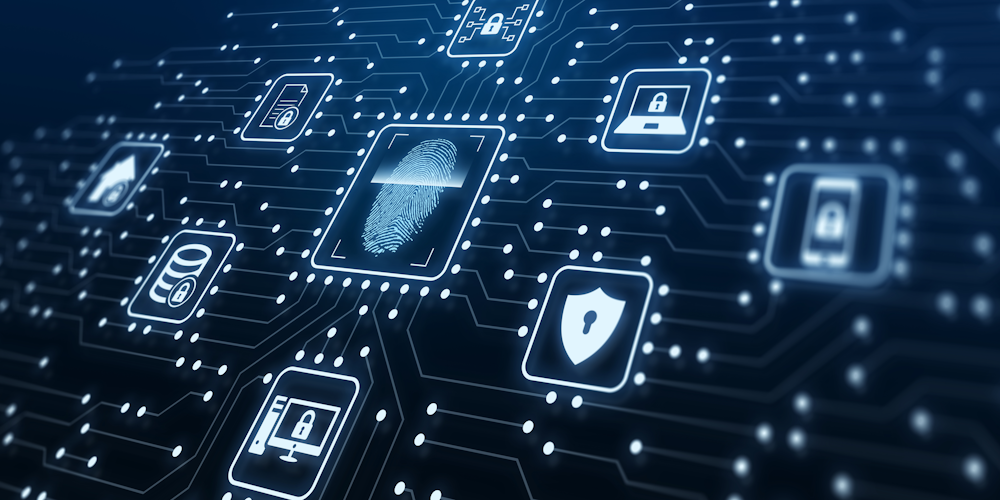
The Future: Biometrics on the Rise
Passwords might not stick around forever. Biometric security—like fingerprints, facial scans, and voice recognition—is growing fast. In 2025, 81% of smartphones use biometrics, and 245 million Americans use it daily. Airports, banks, and even hospitals are adopting it for secure, touchless authentication. But concerns about privacy and data breaches remain, with 54% of experts worried about how biometric data is handled.
Celebrate World Password Day!
This World Password Day, let’s make our passwords stronger. Ditch “password123,” use a password manager, and turn on 2FA. Let’s keep our secrets safe!

